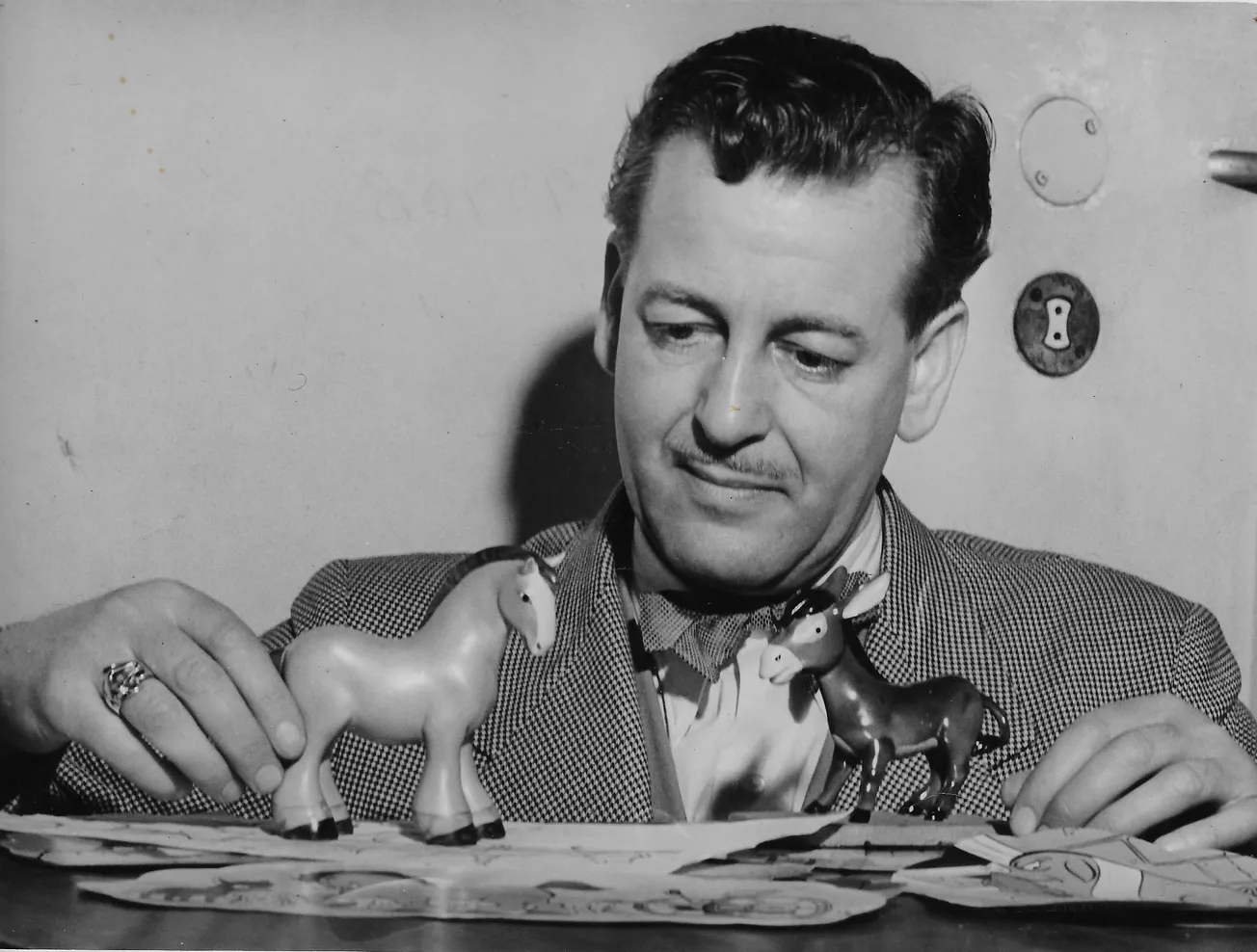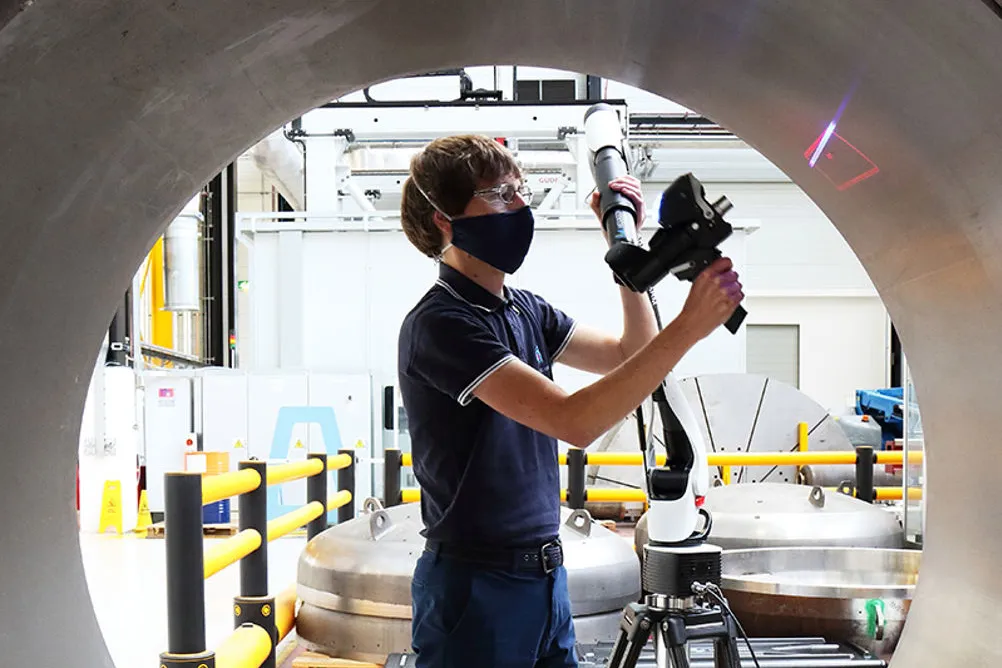Back in the 1980s, when he was a young town planner, Simon Ogden would tell people that for generations, Sheffielders turned their backs to their rivers. In the 1800s, the Don and Sheaf were essentially used as open sewers, he’d say. The only time anyone with a grain of good sense would venture near them was to use the riverside toilets that once discharged directly into the water below.
By way of slightly gruesome explanation, he would point out the fig trees which grow on the banks of the River Don. They owe their existence to Sheffielders of the past’s fondness for fig biscuits, with the seeds that passed through their digestive system finding their way to Meadowhall. There, germinated by the regular hot discharges from the area’s steel mills, they grew into the forest of urban figs you see today.
Ogden knew that the rapid decline of the steel industry meant the time was ripe for converting the river to a place of leisure, not labour. In his spare time he used all the diplomacy he could muster to fuel enthusiasm for restoring the lower Don to its pre-industrial state. He wanted the Sheffield public to stroll or cycle along the river, along past the fig trees and weirs that would much later become the backdrop to the Five Weirs Walk, a five-mile-long riverside walk which runs from Lady's Bridge in Sheffield city centre through Attercliffe to Meadowhall. When he told people of his plans, they weren’t convinced. “Good luck with that!” they used to say.

But once he and his fellow river enthusiasts had scrambled through enough brambles, they realised that the River Don was slowly beginning to breathe again. New environmental regulations, the rapid decline of the steel industry and a huge new sewer to replace the crumbling Victorian drains all combined to change the way the river was seen and managed. Ogden began what became over three decades’ worth of work persuading governmental and environmental agencies, local companies, community groups and the city council that we should turn back to face our rivers.
Now, the Five Weirs Walk is built, with kingfishers nesting all along it into the city centre. Deer visit the Don near Penistone Road, otters fish near Owlerton and salmon have been found within the inner ring road. Most days you can spot herons soaring over Attercliffe.
As a measure of current enthusiasm for the rivers that gave Sheffield the power to build its steel industry, last month 60 volunteers from Sheffield Litter Pickers, the Sheaf and Porter Rivers Trust, the River Stewardship Company and Abbeydale Road Tesco spent a morning gathering cans, crisp packets, a crocodile-shaped plant pot, four bras and over 100 bags of other assorted litter on the banks of the Sheaf in a hailstorm. Although a few Sheffielders clearly still see the Sheaf as a waste disposal facility, more now think our rivers are worth opening up again.

Two of those braving the weather were Sheffield litter pickers Julie Gay and Linda Bell. Both believe Sheffielders are incredibly lucky to live so close to rivers which teem with life — and that it’s our duty to nurture them. “Where else could you go for a countryside walk right in the city centre?” asks Linda.
This is the point for Ogden, who’s now technically retired, but is still heavily involved in various groups set up to look after Sheffield’s waterways. It took him and his colleagues more than 20 years to piece together the Five Weirs Walk along the lower Don. Now, several new organisations have their eyes on the miles of riversides along the Upper Don, the Sheaf and the Porter, hoping to open them up for walking, cycling or just enjoying your lunch break.
Well-managed rivers with shallow riffles and rocks rather than huge weirs and stagnant ponds act as conduits which help native wildlife spread. But these natural environments also help alleviate flooding, improve biodiversity and make once-industrial eyesores like the Lower Sheaf and Upper Don valleys a magnet for people who fancy living, commuting or working by a beautiful river.

Sheffield’s current enthusiasm partly stems from how we’ve had to fight to get our rivers back, says Ogden. In the city centre and Neepsend, for example, you can still see the open riverside toilets that once caused Sheffield’s answer to London’s “Great Stink” of the mid-1800s. Council minutes of the time recorded that after parts of the Sheaf, Porter and Don had been dragged: “140 bodies of dogs and other animals drowned or thrown therein have been removed and buried.”
The Sheaf was a particular problem because it settled in ponds in the city centre by Pond Street, next to cramped rows of factories and housing. The Builder magazine reported on the Sheffield Ponds in 1865: “A plank bridge over the Sheaf here shows dead dogs and cats floating on the slimy waters, and the terrible condition of the partially walled banks, through outlets in which fluents of excremental slush ooze into the river.”
When the Midland Railway arrived with a route following the level land by the River Sheaf and a proposal for a new Sheffield station above the confluence of the Sheaf and Porter, it turned out to be a godsend. “You might think there’d be some local controversy about blocking out the river that Sheffield was named after,” he tells me. “But actually, there was none at all because the Sheaf had become such a health hazard.”

Ogden became fascinated by how rivers build towns as he grew up in Newcastle and Sheffield’s 150 miles of brooks and says Sheffield’s rivers also tell the story of the city. “I used to hang out on the Tyne quayside, and from then on I’ve always been fascinated by urban rivers,” he says. “If you grow up in the industrial north, you realise that rivers are fundamental to how cities grow and relate to the landscape.”
In Sheffield, the confluence of the Sheaf and Don provided an obvious site for the construction of the city’s castle 1,000 years ago (giving those within the castle access to water for drinking, washing and filling the moat), followed by the town itself. Later, the fast-flowing Porter, Loxley, Rivelin, Sheaf and Don were harnessed for power, water supply and effluent discharge. When the steel industry went into decline in the 1980s, the opportunity arose to claim back those riversides as a place to relax and enjoy.
And further opportunities have arisen just recently. The £16m Levelling Up Fund scheme for the city centre at Sheaf Field Park will see the once stinking River Sheaf opened up for all to see (with the vault-like older “Megatron” section remaining in the dark for the benefit of the rare Daubenton’s bats that live there and the occasional human visitors on underground tours organised by the Sheaf and Porter Rivers Trust). There’ll also be a public “light well” at Sheffield station later this year so passengers can look down into the River Sheaf from platform five, and sections of the Porter are already being opened up on pathways near Decathlon and Matilda Street.

The Sheaf and Porter Rivers Trust are hoping to buy some derelict land to open up the Sheaf to Nether Edge at Broadfield Park (just like the same river is available to residents of Millhouses) and are urging the council and landowners to agree and complete links near Abbeydale and Queens Road, the latter to bring back a lost section of riverside path parallel to the main road that was completed almost 20 years ago but has never been connected up. And on the Upper Don, an almost completed 21.5km trail from Sheffield to Stocksbridge and beyond just needs local authority agreement and support to finish off the last 2km around Neepsend and Herries Road.
Government funding is available for walking and cycling routes, but at present planners need to show a potential route’s worth in terms of statistics: the number of short urban car journeys that would be replaced by foot, say, for a walking route, plus employment and business gains. But Ogden believes the worth of riverside access comes from advantages which are seldom included in cost/benefit calculations. These include both physical and mental health as well as simple amenity: “It’s too beautiful to lose.”
“One of Sheffield’s strongest unique selling points is its relationship with wild countryside and the Peak District,” he says. And if there’s the will, he adds, there’s a way that relationship could start at Sheffield station, where the dead dogs, cats (and fig seeds) floated by 160 years ago. “Visitors could arrive and start exploring the Outdoor City’s wild countryside straight away,” he tells me. “And then just walk along a river all the way to the Peak District.”
If this is the first story you’ve read on The Tribune, welcome! We’re a new quality news outlet covering Sheffield, founded in 2021 and run by a team of independent journalists. To get our stories in your inbox every week, join our free mailing list below.

Comments
How to comment:
If you are already a member,
click here to sign in
and leave a comment.
If you aren't a member,
sign up here
to be able to leave a comment.
To add your photo, click here to create a profile on Gravatar.







